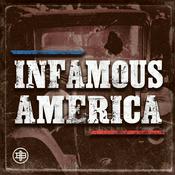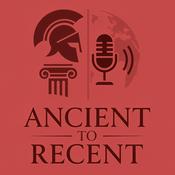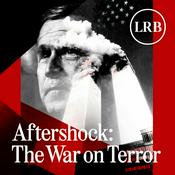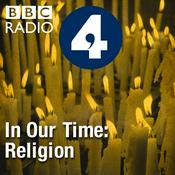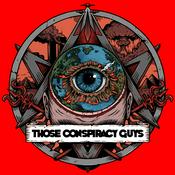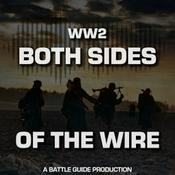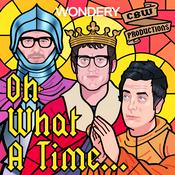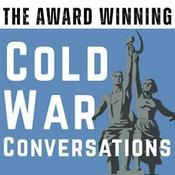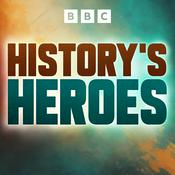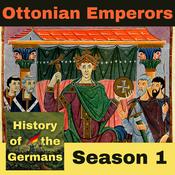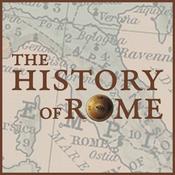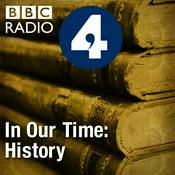389 episodes
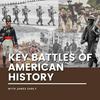
GW4: The Eastern Front in 1914
31/12/2025 | 39 mins.
While the Western Front quickly descended into trench warfare, the fighting in the East remained highly mobile, spanning vast distances across Eastern Europe. In this episode, Sean and James discuss Austria-Hungary’s failed invasions of Serbia, Russia’s disastrous defeats at Tannenberg and the Masurian Lakes, and the massive but costly Russian victory over Austria at Galicia. Listeners will learn how poor leadership, logistical chaos, and ethnic divisions crippled the Austro-Hungarian and Russian armies alike. By year’s end, both sides were bloodied and exhausted, setting the stage for a long and brutal struggle in the East.See omnystudio.com/listener for privacy information.

The Grand Illusion
27/12/2025 | 1h 5 mins.
In this episode, Sean and James explore Jean Renoir’s The Grand Illusion (1937), a World War I masterpiece that examines class, nationalism, and the bonds that form even among enemies. They discuss the film’s unforgettable characters—from working-class Maréchal and aristocratic Boeldieu to the dignified German officer Rauffenstein—and the ways their relationships reveal a fading old order. Finally, they reflect on the film’s themes of humanity, hope, and the futility of war, which still resonate powerfully nearly ninety years after its release.See omnystudio.com/listener for privacy information.

GW3: The German Onslaught and the Miracle at the Marne
24/12/2025 | 56 mins.
In August 1914, the German army launched an invasion of Belgium as a first step to their planned march through France and capture of Paris. As the Germans swept through Belgium and advanced on the French capital, the Allies made a desperate stand along the Marne River. The resulting “Miracle on the Marne” halted the German advance and ended hopes of a quick war. What followed was the grim birth of trench warfare and a conflict that would grind on for years. In this episode, James and Sean explore the opening months of World War I in the west— from Germany’s Schlieffen Plan and France’s doomed offensives to the brutal fighting of the Battle of the Frontiers and the halting of the German onslaught.See omnystudio.com/listener for privacy information.

All Quiet on the Western Front (1930 - ENCORE)
20/12/2025 | 1h 39 mins.
In this episode, James and special guest Sean McIver discuss the classic 1930 anti-war film All Quiet on the Western Front. Based on the novel of the same name, All Quiet on the Western Front set the standard for all future war movies, especially those which present war in a negative light.See omnystudio.com/listener for privacy information.

GW2: Descent into War
17/12/2025 | 54 mins.
In this episode, Sean and James explore how Europe’s fragile balance of power unraveled in 1914 — from rival alliances and Balkan tensions to the assassination in Sarajevo that sparked a global catastrophe. Join us as we discuss how in just six weeks, the Great Powers turned a regional crisis into the First World War.See omnystudio.com/listener for privacy information.
More History podcasts
Trending History podcasts
About Key Battles of American History
Listen to Key Battles of American History, The Rest Is Classified and many other podcasts from around the world with the radio.net app

Get the free radio.net app
- Stations and podcasts to bookmark
- Stream via Wi-Fi or Bluetooth
- Supports Carplay & Android Auto
- Many other app features
Get the free radio.net app
- Stations and podcasts to bookmark
- Stream via Wi-Fi or Bluetooth
- Supports Carplay & Android Auto
- Many other app features


Key Battles of American History
download the app,
start listening.














